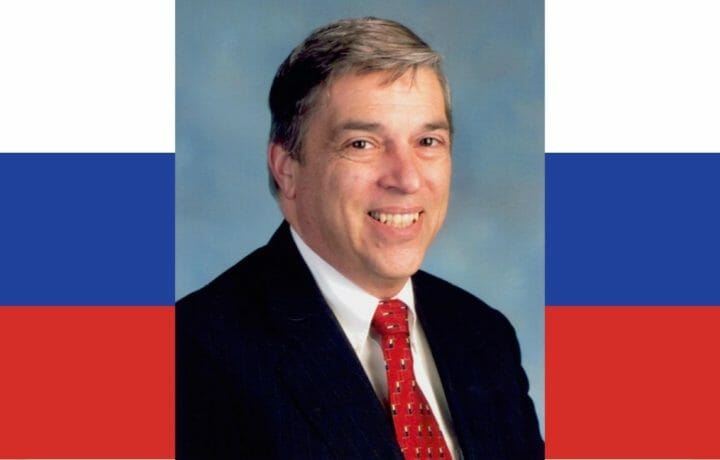This morning, at 6:55, Robert Hanssen was found unresponsive in his Federal Prison cell in Florence, CO. According to the Bureau of Prisons, “Staff requested emergency medical services and life-saving efforts continued. The inmate was subsequently pronounced dead by outside emergency medical personnel.” Hanssen was 79 years old. He had been incarcerated for life – and life is what he received, dying after spending 21 years in prison (May 10, 2002-June 5, 2023).
Unveiling the Treason of Robert Hanssen
The ignoble Robert Hanssen will be forever known as the most senior officer within the FBI to commit treason and in doing so causing the death of a number of Russian human sources which had provided or were providing critical information at the height of the Cold War and beyond which allowed the United States to take appropriate actions to avoid a global conflagration.
Among those who Hanssen compromised was Russian Army military intelligence General Dimitri Polyakov, code-name “Top Hat.” It was early in Hanssen’s treasonous collaboration with the USSR (then with The Russia Federation) that he identified Top Hat. Polyakov is credited with providing intelligence which staved off many a Cold War crisis between the United States and the Soviet Union and as former Director of the CIA James Woolsey said, he was the “jewel in the crown who kept the Cold War from becoming hot.”
Botched FBI Investigation in search of a traitorous insider
The FBI was searching for the mole in the intelligence community and was convinced the mole must be within the CIA. After years of investigating and tossing upside down the lives of several operations officers within the CIA, a clandestine source produced an audio recording containing the voice of “the mole.” A senior FBI officer heard the tape and identified the voice as belonging to Hanssen.
It was then that the FBI created an operational plan to garner sufficient evidence to convict Hanssen of espionage. According to the FBI’s website, they created a fictitious job and informed him he was pipelined for the Senior Executive Service. They placed within his office a junior officer, Eric O’Neill, to be Hanssen’s assistant. The sub-rosa task given to O’Neill was to monitor Hanssen’s whereabouts and to document Hanssen’s use of technology. Over 300 FBI personnel were working the counterespionage case, monitoring Hanssen and processing the audio and video take from electronic surveillance employed at his office and home.
On February 18, 2001 Hanssen was arrested in Vienna, VA having serviced a dead drop destined for the Russian SVR (external intelligence service.) Hanssen would plead guilty to 15 counts of espionage five months later.
Lessons learned from the Hanssen investigation
In early 2022, Clearance Jobs identified the top five lessons learned from Robert Hanssen’s 20-years of espionage.
- Danger of confirmatory bias
- Value of continuous vetting of individuals in position of trust
- Security starts with you
- Insider Threat – the motivation to break trust
- Importance of compartmentation and need to know




